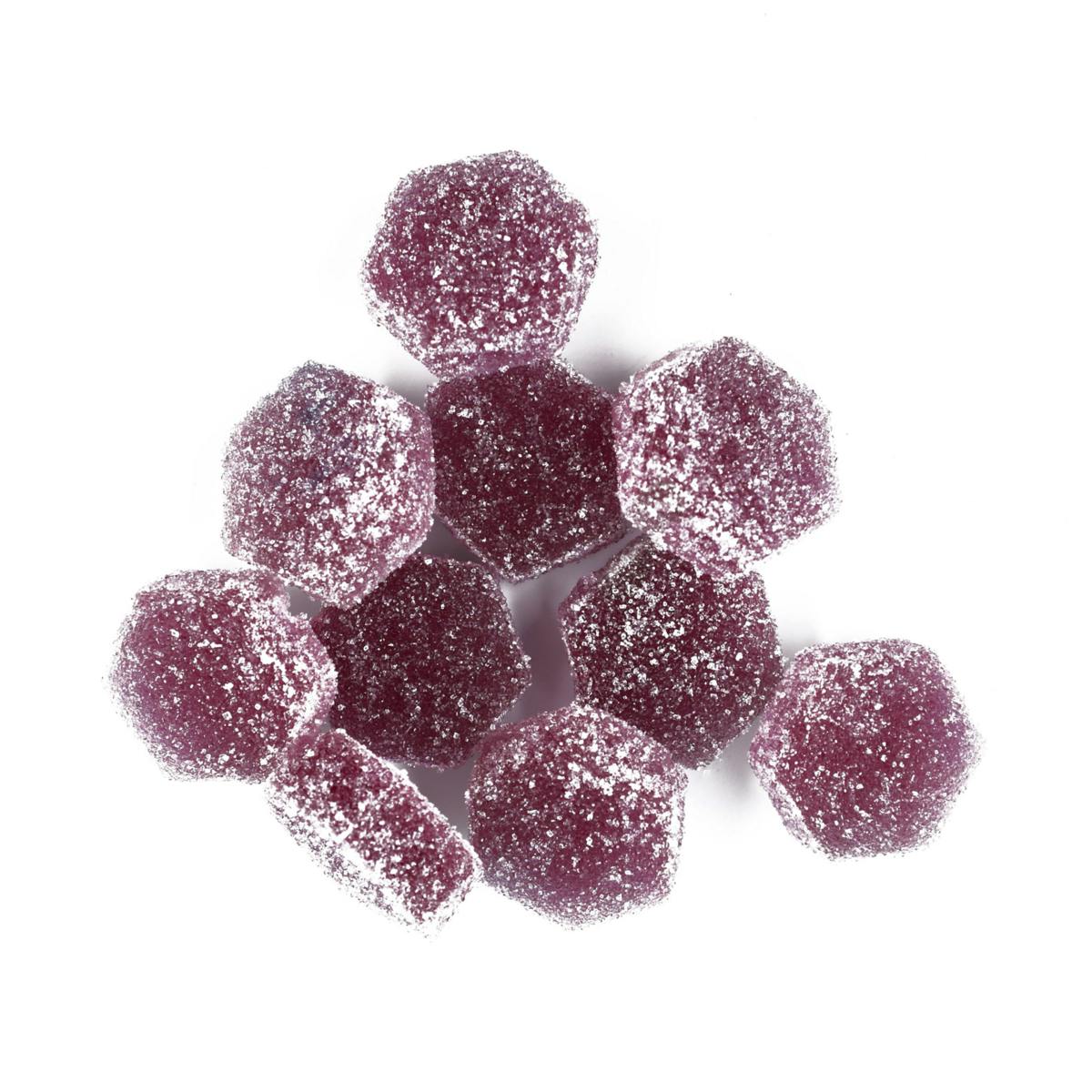Commercial flooring is an important part of any business space. It plays a key role in the appearance, safety, and durability of the area. Whether you have hardwood, carpet, vinyl, or tile flooring, regular maintenance is necessary to keep it looking good and lasting long.
Without proper care, floors can wear out quickly, leading to expensive repairs or replacements. By following the right cleaning methods and maintenance routines, you can extend the life of your flooring and ensure a professional look all year round.
Daily Cleaning and Care
Keeping your commercial flooring clean every day is the first step to maintaining its quality. Dirt, dust, and debris can cause damage over time, especially in high-traffic areas. Sweeping, vacuuming, or mopping the floors regularly helps prevent scratches and stains.
For hard floors like tile, vinyl, or hardwood, use a microfiber mop or a soft broom to remove dust. Avoid using too much water on wood or laminate floors, as moisture can cause damage. If your business has carpeted areas, vacuuming daily will prevent dirt from settling deep into the fibers.
Protecting High-Traffic Areas
Some areas in a commercial space experience more foot traffic than others. Entrances, hallways, and reception areas need extra protection to prevent early wear and tear. Using floor mats at entry points helps trap dirt and moisture before they spread across the floor.
Rugs or protective coverings in high-traffic zones can also reduce damage. Additionally, it’s a good idea to rearrange furniture and fixtures occasionally to prevent pressure marks on carpets or dents on hard floors.
Choosing the Right Cleaning Products
Not all cleaning products are safe for every type of flooring. Some harsh chemicals can cause fading, discoloration, or surface damage. It’s best to use manufacturer-recommended cleaning solutions that match your specific flooring type.
For hardwood and laminate floors, avoid using excessive water or strong cleaners, as they can lead to warping. Tile and vinyl floors can handle stronger cleaning solutions, but it’s still important to check the labels before use.
Hardwood Refinishing for Long-Term Care
Hardwood flooring adds elegance and warmth to a commercial space, but it requires regular care to maintain its beauty. Over time, hardwood floors may develop scratches, dents, and dullness due to heavy foot traffic. Instead of replacing the entire floor, hardwood refinishing is a cost-effective solution.
Refinishing involves sanding down the top layer of wood to remove imperfections and then applying a new protective coating. This process restores the original shine and durability of the floor.
Preventing Moisture Damage
Moisture is one of the biggest threats to commercial flooring. Water spills, leaks, and humidity can cause serious damage, especially to wood and laminate floors. To prevent moisture-related problems, clean up spills immediately and ensure proper ventilation in the building.
For businesses in humid climates, using dehumidifiers can help control moisture levels. If you have tile flooring, sealing the grout lines can prevent water from seeping in and causing damage.
Conclusion
Maintaining your commercial flooring all year round requires a combination of daily cleaning, protective measures, and occasional deep cleaning. Choosing the right cleaning products, protecting high-traffic areas, and addressing moisture problems can help extend the life of your floors.
If you have hardwood flooring, refinishing it when needed will restore its beauty and durability. With proper care, your commercial floors will continue to look great and provide a safe, professional environment for years to come.




